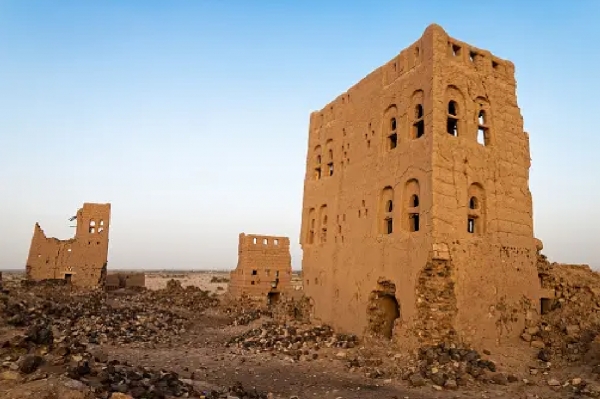As reported by UN News, Yemen is facing a critical juncture and has a unique opportunity to take a decisive step away from the humanitarian crisis by addressing the drivers of need.
“While regional conflict dynamics have introduced additional risks, the humanitarian community remains committed to stay and deliver.” Peter Hawkins, interim UN Resident and Humanitarian Coordinator in the country.
Following the start of the war in Gaza last October, Houthi rebels have been launching attacks on commercial ships in the Red Sea, affecting global trade and increasing geopolitical tensions.
The United States, United Kingdom and other countries have responded with counterstrikes.
Humanitarians reported that child mortality in Yemen slightly improved in 2023 following years of sustained assistance.
However, the country is seeing some of the highest malnutrition rates ever recorded.
- Nearly half of all children under age five are experiencing moderate to severe stunting - impaired growth and development from poor nutrition - and the situation continues to worsen.
- Additionally, 4 million people lack sufficient access to safe drinking water, increasing the risk of infectious diseases, while more than 4.5 million school-age children are not in the classroom.
- An estimated 5 million people across Yemen are currently displaced, one-third of whom have been uprooted more than once.
Relatedly, the International Organization for Migration (IOM) has established a humanitarion hub in Ta’iz governorate in southern Yemen to boost access to critical services and support vulnerable communities.
The region faces significant challenges, including a water crisis, collapsed healthcare systems, and limited access to humanitarian assistance.
IOM has been providing crucial services to displaced communities there for more than three years, serving around 10,000 people across 13 sites.
To learn more, read:
https://news.un.org/en/story/2024/02/1146142




